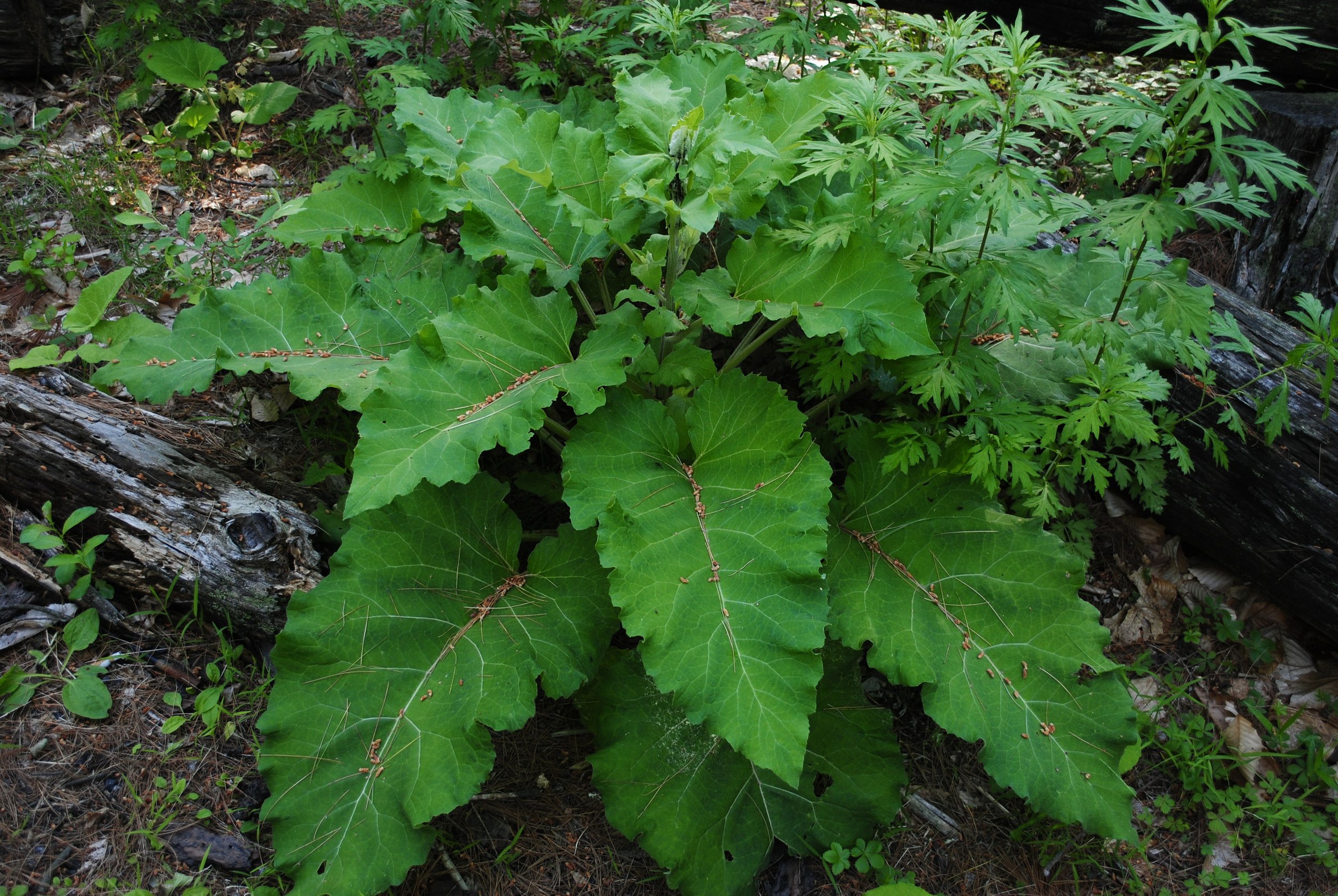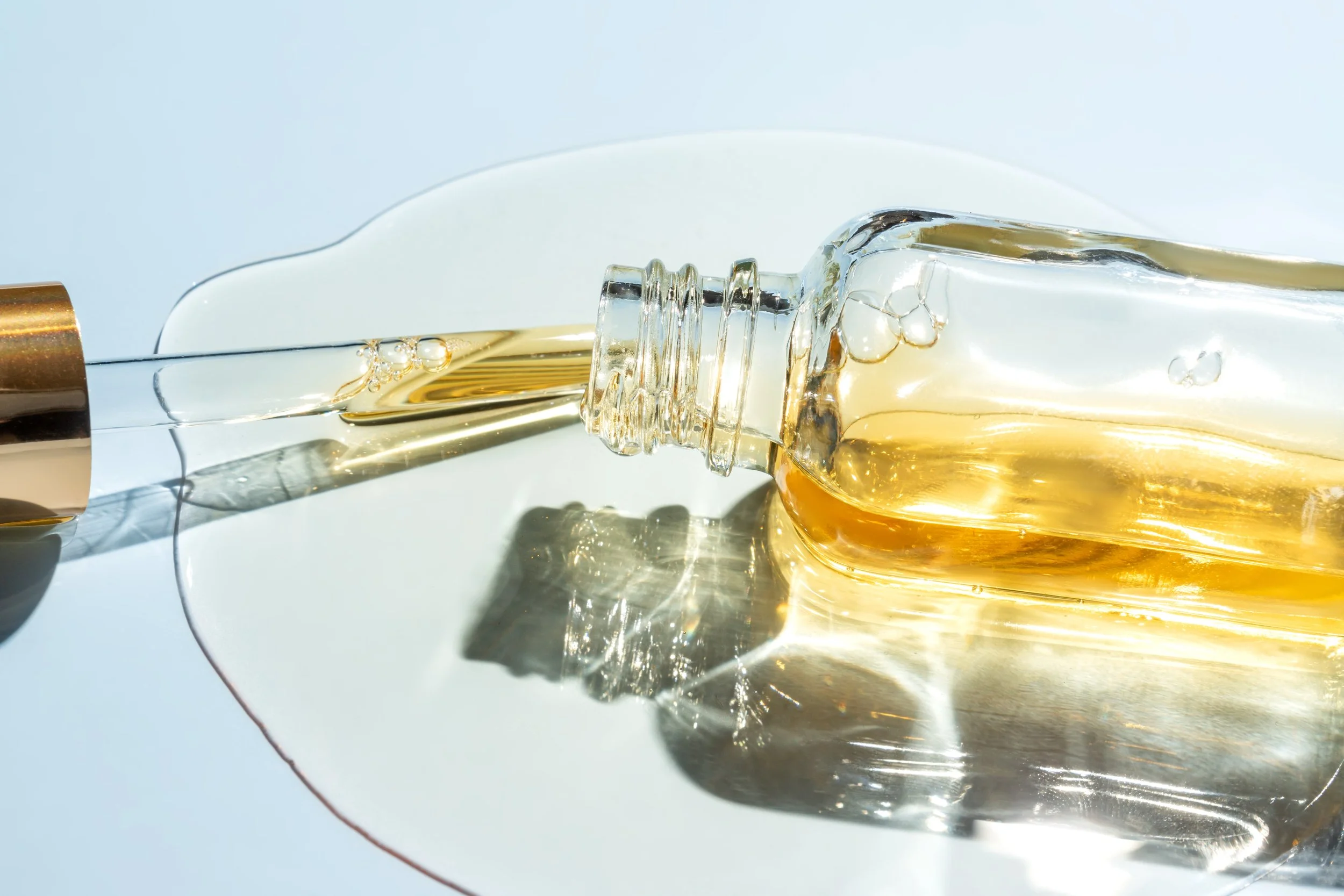The Root of Hair Health: Nourishing the Scalp from Within and Without
In the philosophy of holistic beauty, radiance begins far beneath the surface. While many beauty trends focus on masking symptoms—layering on shine, volume, or hydration—in a holistic approach you focus on the health of your whole system to radiate beauty from the inside out. When it comes to hair health, the root of the issue is, quite literally, the scalp.
Without a nourished, balanced scalp, hair can appear dull, brittle, or even begin to thin. This threshold between skin and hair is where hair health truly begins, not with quick fixes, but with deep, intentional care. In this post, we’ll explore scalp health as both science and ritual: what the scalp needs, how nutrition and lifestyle shape its resilience, and which topicals can support long-term harmony.
The Scalp is Skin
Though often treated as separate from skin care, the scalp is simply an extension of our skin. Complete with its own microbiome, lipid barrier, and intricate network of sebaceous glands and follicles.
Healthy scalp function includes:
Balanced oil production
Strong barrier defense against microbes and allergens
Effective circulation to deliver nutrients and oxygen to follicles
Normalized cell turnover (neither excessive flaking nor sluggish renewal)
When any of these functions go awry, we see signs: dryness, itching, excess oil, sensitivity, even hair thinning. These are symptoms, not isolated problems. They point us toward internal imbalance, topical overload, or lack of proper support.
The scalp and follicle microbiome plays a crucial role in overall scalp health similar to other aspects of human biology like digestion, the immune system and the skin. Each system has its own unique biome. These influence many things including hair growth, overall health, and the presence of imbalances such as dandruff, dermatitis, and acne.
Feed Your Follicles: Nutritional Support for Scalp Health
Topical care alone can’t restore a compromised scalp. Just as clear skin begins in the gut, so does a resilient scalp. Nutrients shape its texture, tone, and ability to grow strong, healthy hair.
Without proper nourishment, key scalp functions falter. Reactive oxygen species (ROS) can disrupt follicular cells, while nutrient deficiencies may impair stem cell activity and halt growth. For example, iron deficiency can cause the body to redirect ferritin away from the follicle, stalling new hair production.
Supportive nutrients include:
Essential Fatty Acids: Omega-3s help soothe inflammation and regulate sebum. Flax, chia, walnuts, and fatty fish are excellent sources.
B Vitamins (especially B6, B12, and Biotin): These support nerve function, circulation, and keratin production. Found in eggs, legumes, leafy greens, and whole grains.
Zinc: Critical for immune response and skin healing. Found in pumpkin seeds, oysters, and lentils.
Silica & Sulfur: Help build structural proteins like collagen and keratin. Found in oats, onions, garlic, and horsetail.
Iron: Ferritin, which is how iron is stored in the follicle, is crucial for proper circulation to produce new hair growth.
From a botanical lens, cooling and nutritive herbs like burdock, nettle, and calendula offer energetic support, especially for reactive or inflamed scalps. These herbs help calm the skin, support lymph flow, and fortify from within.
The Internal Landscape: What Your Scalp Is Telling You
The scalp often reflects internal terrain. Flaking, oil imbalance (too much oil, or not enough), and tenderness can point to deeper causes: dehydration, hormonal shifts, nutritional gaps, or elevated cortisol.
Support your system holistically by tending to these areas:
Hydration: Not just water, but electrolytes and minerals. Coconut water, herbal infusions, and broths offer deeper replenishment than plain water alone.
Adaptogens: Herbs like tulsi and ashwagandha regulate stress responses and calm the nervous system, indirectly supporting scalp resilience. Check out this post to learn about more herbal treatments to support your nervous system, Herbs to Ease Anxiety.
Nervous System Support: Practices like breathwork, vagal toning, and restorative movement can ease scalp tension (especially where emotional stress manifests physically).
Hormonal shifts can also create chaos. Sebum production may increase or decrease with estrogen or testosterone fluctuations, while thyroid function influences metabolic rate and skin turnover. If scalp symptoms persist despite consistent care, exploring hormonal markers may be worthwhile.
Discover Your Scalp Archetype
Just as we identify skin types, it helps to understand your scalp constitution. Here are a few archetypes to consider:
Dry & Tense: May feel tight, itchy, or prone to flaking. Likely needs deeper hydration, scalp oils, and circulatory support.
Oily & Reactive: Shiny roots, sensitivity, or irritation. Often benefits from light exfoliation, balancing herbs, and calming topicals.
Sensitive & Flaky: Quick to react, prone to flakes, may have a history of dandruff or dermatitis. Requires barrier repair and gentle rituals.
Stagnant & Thin: Feels sluggish, lacks vitality, slow growth. Needs internal support (minerals, adaptogens) and follicle stimulation.
Understanding your archetype lets you choose herbs, products, and rhythms with more intuition. This way you can build a care plan based not on trends, but on seasonal shifts and personal needs.
Rituals That Restore: Topical Care for Scalp Vitality
When paired with inner nourishment, self-care rituals become more than routines—they become anchors of restoration. The products you choose to put on and in your body either enhance your beauty or disrupt its natural rhythm. Synthetic ingredients can contribute to irritation, flaking, follicle corrosion, allergic reactions, and dryness. In contrast, botanical alternatives often soothe and restore, offering antioxidant, antibacterial, antifungal, and anti-inflammatory benefits.
Topical Support for Scalp Harmony
Scalp Massage
Stimulates blood flow, eases tension, and supports lymphatic drainage. Use fingertips or a scalp brush, ideally paired with warming oils like rosemary, ginger, or black cumin seed to amplify circulation and awaken follicles.
Herbal Rinses
Think of these as tonics for the scalp.
Chamomile and calendula soothe irritation
Horsetail delivers silica-rich minerals
Hibiscus hydrates and supports elasticity
Sage and thyme offer antimicrobial support for oily or congested scalps
Lavender calms the nervous system and skin simultaneously
Pour over freshly washed hair or use as a pre-shampoo ritual. Explore more in The Benefits of Using Herbal Rinses for Shiny, Healthy Hair.
Targeted Treatments
Look for ingredients that hydrate, protect, and balance:
Panthenol (Vitamin B5): Deep hydration and barrier support
Niacinamide: Strengthens skin function and reduces inflammation
Lightweight oils: Jojoba, prickly pear, argan, or squalane mimic natural sebum without clogging follicles
Botanical extracts: Gotu kola for circulation, green tea for antioxidant protection, neem for antimicrobial balance
Botanicals to Look For by Scalp Archetype:
Dry & Tense: Marshmallow root, comfrey, rose, avocado oil
Oily & Reactive: Witch hazel, sage, thyme, nettle
Sensitive & Flaky: Calendula, oat straw, chamomile, blue tansy
Stagnant & Thin: Rosemary, ginger, gotu kola, black cumin seed
Ritual matters. Choose herbs and formulas seasonally, trust your sensory preferences, and build a cadence that feels restorative—not rushed. Let your scalp care be a sacred pause—a moment to listen, nourish, and reconnect with your roots.
Final Reflections
Scalp care, in its essence, is root care. It asks us to go deeper, beyond strand appearance, beyond quick fixes, into the aspects that support real growth. When we nourish from within, restore through ritual, and listen to the subtle signals of our scalp, we create a foundation not just for beauty, but for health, resilience, and connection.

















Hello and welcome! I'm Eve, a Chemist turned Herbalist, sharing the wonders of plant medicine and botanical skincare. Join me on this journey to Learn, Create, and Align your Divine!